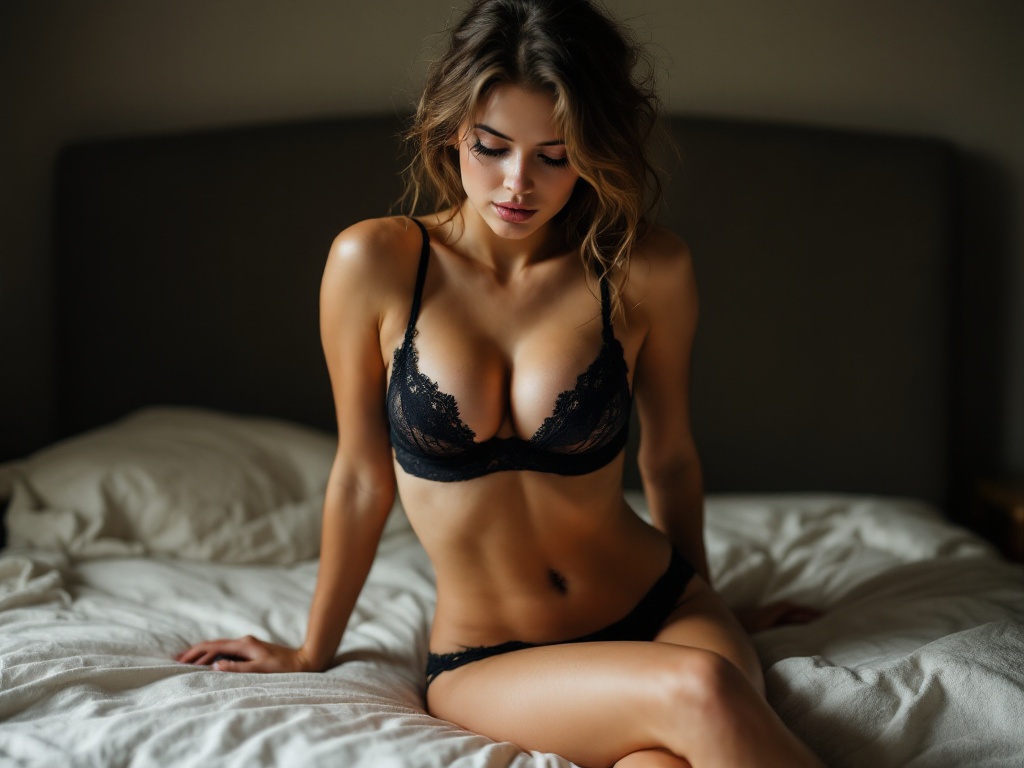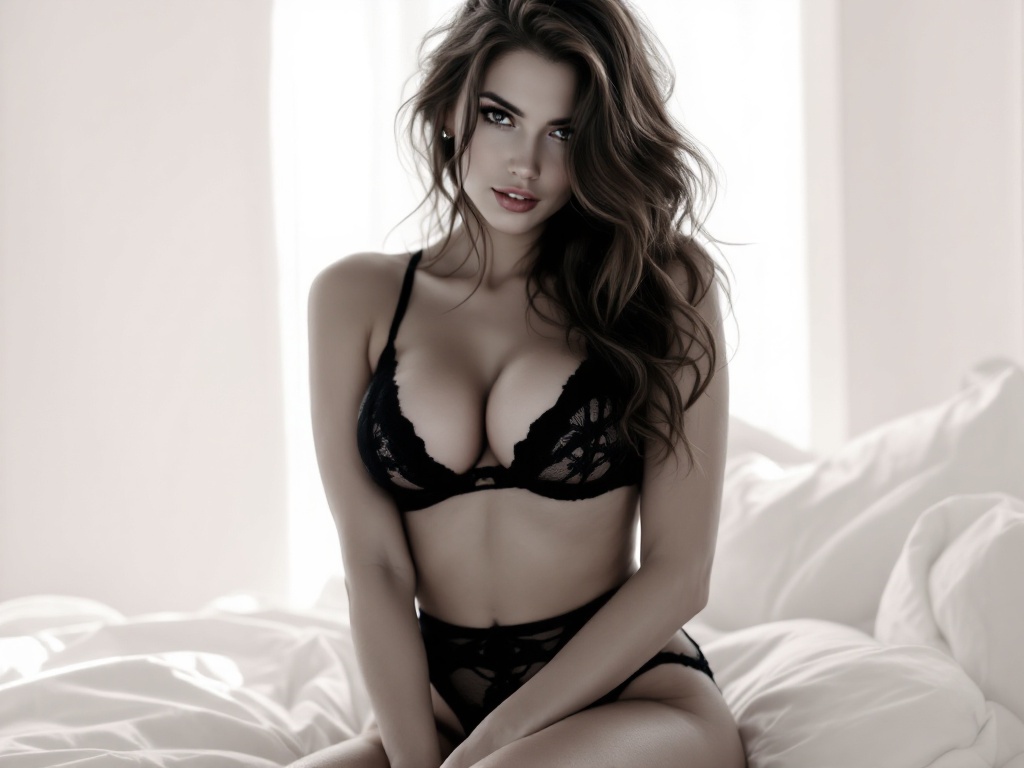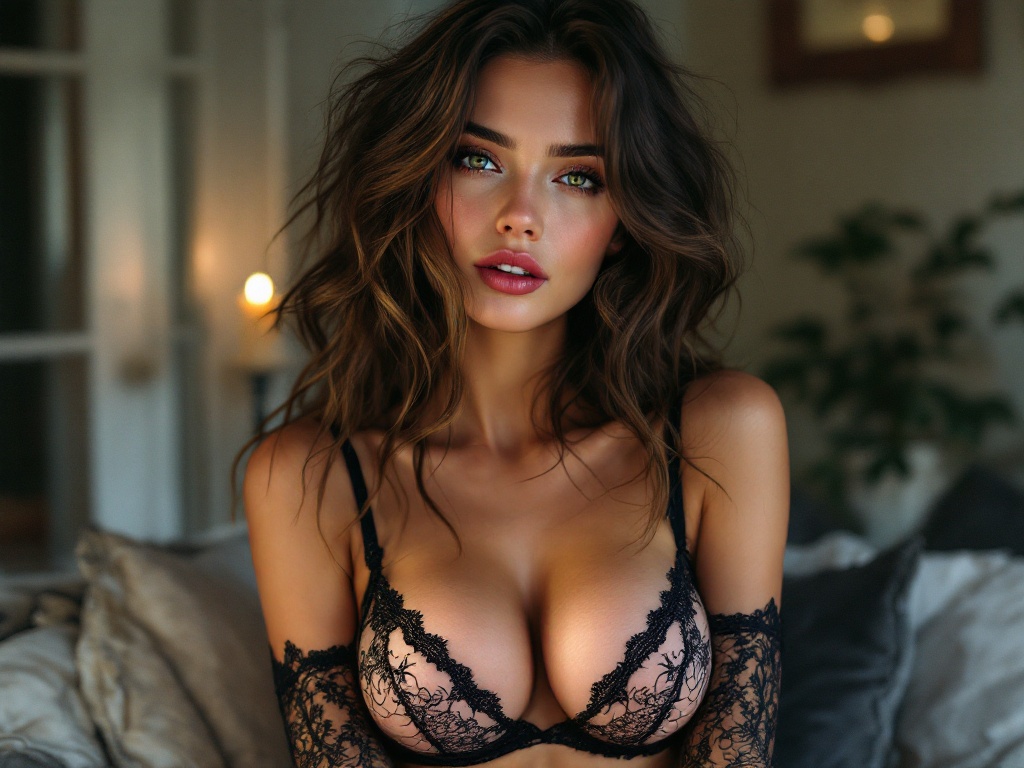The emergence of AI technologies in art has sparked a significant dialogue, particularly regarding the ethical implications of generated content. As artificial intelligence becomes increasingly integrated into creative processes, nuances arise that challenge our traditional understanding of art and the boundaries it encompasses. One area that has become particularly contentious is the generation of nude images through AI, a practice that raises pressing ethical questions. With tools like Undress AI making waves in the industry, it’s essential to analyze the merits and pitfalls that accompany such technologies. This exploration serves not only artists and technologists but society at large, as their ramifications are wide-ranging. As we navigate this complex terrain, it is crucial to examine how we can reconcile innovation with ethical standards that respect dignity and consent.
Understanding AI Nude Generation

To grasp the implications of AI nude creation, one must first understand the underlying technology. AI nude generation relies on algorithms trained on vast datasets of images and human forms, allowing them to create new visual representations. These systems can replicate human shapes, forms, and styles, leading to an impressive but contentious quality of art. Importantly, artists and technologists employ various methods when generating AI nudity, from deep learning techniques to generative adversarial networks (GANs). Each method impacts not only the aesthetic quality but also the ethical landscape within which these works exist. With cutting-edge advancements transforming the way we create, questions regarding ownership and responsibility naturally emerge.
The Merits of AI Nudity in Art

While concerns abound regarding AI nude generation, there are merits that fuel its popularity in the creative community. For one, AI nudity allows for unparalleled exploration in creative expression. Artists are provided unique tools that can challenge the traditional boundaries of art, giving rise to new forms and styles that were previously unimagined. Not only can these tools inspire innovation but they also offer potential benefits for artists and creators, enabling them to experiment without the limitations of physical media. This democratization of art creation opens doors for a diverse range of voices and styles, enhancing the overall richness of the artistic landscape.
- Offering innovative tools for artistic expression.
- Challenging conventional norms in nude art.
- Democratizing access to art creation for all.
Ethical Considerations in AI Nude Creation
The ethical landscape surrounding AI nude generation is intricate and multifaceted. A primary concern revolves around consent and representation. Consent is a foundational aspect of any artistic practice, and the challenges posed by AI on this front are significant. The potential for generating non-consensual content opens avenues for exploitation and harm, necessitating a serious examination of rights. Closely tied to this is the issue of privacy, particularly regarding the impact on real individuals whose likenesses may be utilized without their knowledge or permission.
In addition to consent and privacy, AI nudity brings to the fore questions surrounding objectification and gender dynamics. By leveraging AI technology, the portrayal of nudity may inadvertently reinforce harmful stereotypes or reduce individuals to mere objects for visual consumption. It begs the question: does AI enhance creativity or does it perpetuate societal biases? Understanding these implications is crucial for informing policy, practice, and public opinion moving forward.
| Ethical Issues | Description | Impact on Society |
|---|---|---|
| Consent | Using someone’s likeness without permission | Legal ramifications, emotional distress |
| Privacy | Data usage and ownership concerns | Loss of individual rights, public distrust |
| Objectification | Reinforcement of stereotypes through art | Perpetuation of harm, societal division |
Legal Perspectives on AI Nude Creation
The conversation around AI nude creation cannot ignore its legal context. Current laws vary by region, creating a patchwork of regulations that often inadequately address the complexities of AI-generated content. Some countries have taken steps to establish clearer guidelines, while others lag behind, leaving a vacuum open for exploitation. Numerous cases highlight legal actions against non-consensual AI-generated content, revealing the dire need for evolving legal frameworks. Observing existing legislation provides insights and guides discussions on future legislative efforts that could better protect individuals’ rights and creative expressions.
The Role of Society and Culture
AI nude art also interacts dynamically with societal attitudes and cultural perceptions. Public perception varies widely; some view AI nudity as a groundbreaking form of creative expression, while others approach it with skepticism or outright disapproval. Social media and online platforms amplify these viewpoints, creating spaces for rapid discourse that can influence public understanding. Cultural differences also play a role in the acceptability of AI nudity, reflecting broader societal values surrounding art and representation. Understanding these dynamics can inform better practices and strategies for creators and technologists alike.
Future of AI Nudity Creation
As we look to the future of AI nudity creation, several innovations are on the horizon. Emerging technologies promise to create even more sophisticated and nuanced representations, raising concerns even further about ethical standards inadequately developed to handle them. Shift in ethical standards is inevitable but will require thoughtful discourse and engagement among stakeholders. The potential for regulations and oversight is growing, and proactive measures may be necessary to ensure that rights are protected. Moreover, ongoing discussions must address how we can harness the benefits of AI nudity while mitigating its risks.
Conclusion
In summary, the landscape of AI nude creation invites an essential discourse on ethics and responsibility. As we navigate through its technological advancements, merits, and pitfalls, the collective goal should be to advocate for ethical guidelines that respect human dignity and artistic expression. The implications are profound, affecting artists, society, and our understanding of art itself. Continuing the conversation around these themes is crucial, urging stakeholders to remain engaged and aware as we shape the future of AI in art.
Frequently Asked Questions
- What is AI nude creation? AI nude creation refers to the use of artificial intelligence to generate nude images, often mimicking human-like forms.
- Is AI nude art considered real art? Yes, many argue AI nude art can be considered real art as it challenges traditional forms of creative expression.
- What are the legal repercussions of AI nude creation? Legal repercussions can vary widely but generally include issues of copyright, consent, and distribution rights.
- How can individuals protect themselves from non-consensual AI nudity? Individuals can advocate for stronger privacy laws and should be aware of their digital footprint and the potential usage of their images.
- Why is it important to discuss the ethics of AI nudity? Discussing the ethics is crucial to address potential harms and to establish guidelines that respect individuals’ rights and dignity.
